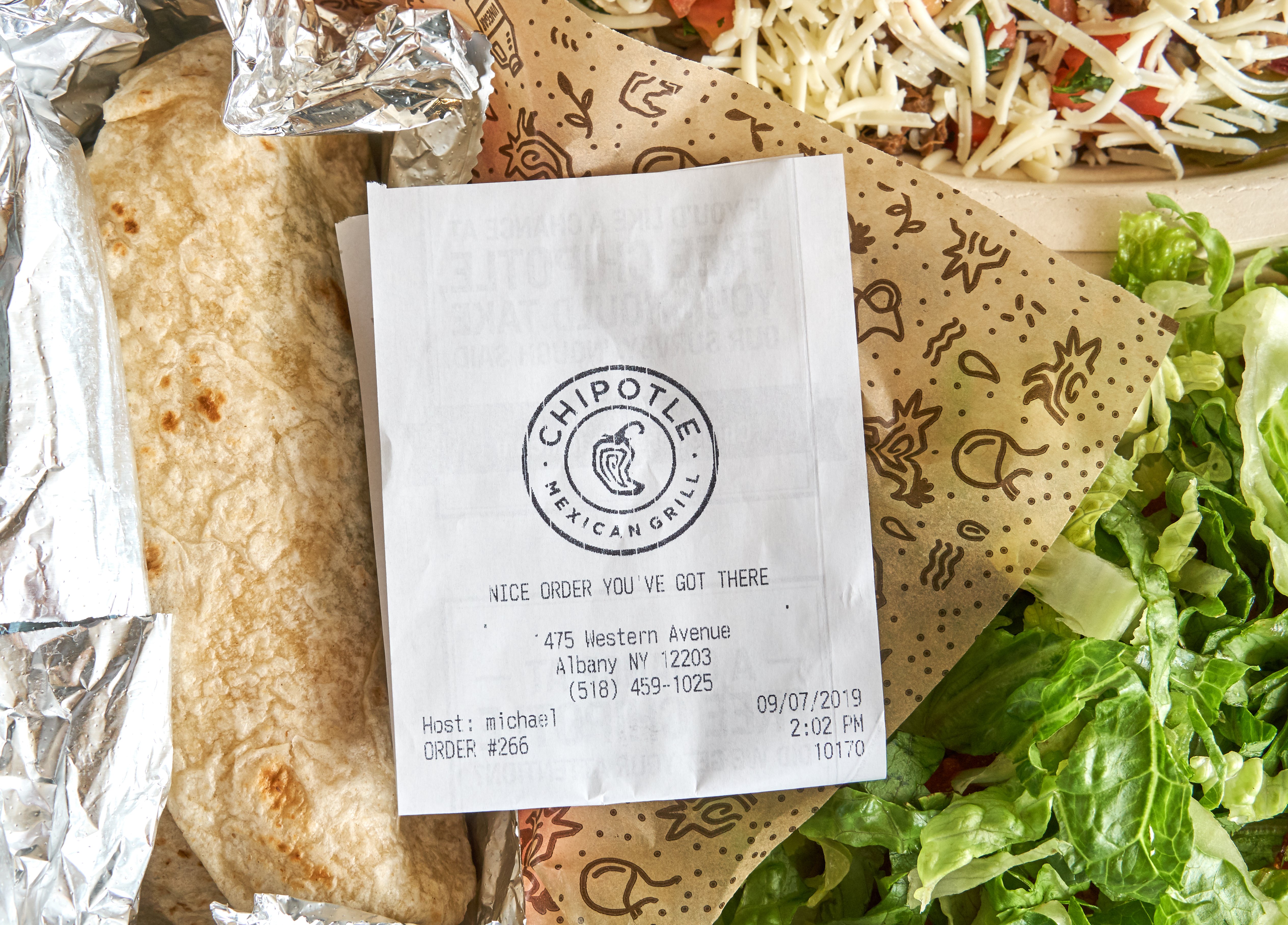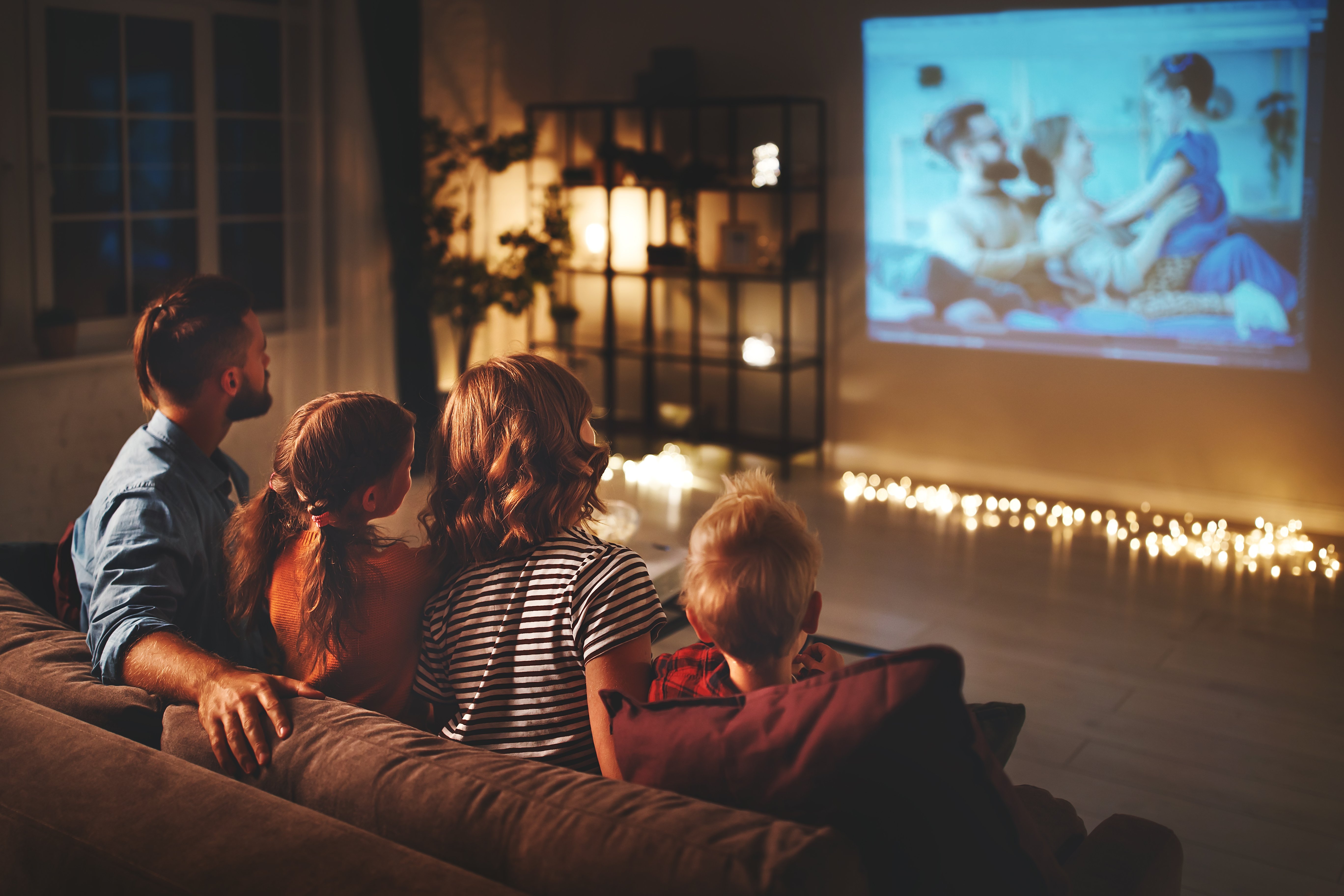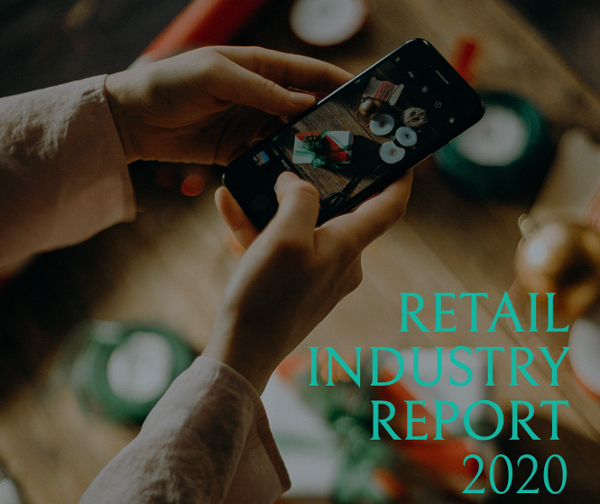Boy, the last week sure has changed things, hasn’t it? Sometime between Wednesday and Thursday, our collective mindset went from passing concern to outright panic as the realities (and some myths) about COVID-19 began to take hold.
Disruptions to daily life, sociability, and the economy now seem secondary as we all prepare for the possibility that dire and indeed deadly consequences could be reshaping our lives forever. Nothing that we can say in this humble market research blog will have any bearing on these most profound concerns. It is our sincerest hope that we all emerge from this unscathed, kick off the dust, and get back to life as we know it.
Things, however, won’t be as we left them; culturally, socially, and economically, we will have changed and, since this is a business blog, we will do what we have always done, focus on the market research. It’s nowhere near the most important topic of the day but it’s what we normally do, and even a little bit of normal feels like it will go a long way right now. What follows, hopefully, will be somewhere between Nero and Chicken Little, neither willfully ignoring nor uselessly panicking about the realities on the ground while respectfully considering the short- and long-term coronavirus market research implications.

So, even though it feels a bit forced and certainly not focused, let’s go ahead and put in some food service market research as we unpack how this pandemic panic has already reshaped the food industry and will continue to do so. In short, it is hard to imagine this virus will not permanently push a great deal of spending into the digital sphere, helping restaurants build out their digital ordering, delivery, and in-store pickup operations, accelerating restaurants and consumers alike into omnichannel. We will conclude with some broader observations about the post-coronavirus retail landscape, which will pick up in next week’s blog. Stay safe!
COVID-19, Market RESEARCH, and Food Service Delivery
This outbreak will have three obvious effects on the ways consumers order and receive food, and thus on the food service industry:
- It will expand the food delivery market, with new customers ordering digital delivery for the first time and existing customers ordering more of it.
- Though existing customers will only increase their purchase frequency during this current panic before reverting to their typical cadence, new customers will likely continue to order delivery having now experienced it for the first time. This will permanently expand the delivery market as new customers begin to use it regularly for convenience, not just temporarily for safety.
- While delivery partners like GrubHub, DoorDash, and Postmates are obvious beneficiaries, restaurants should (and already are) pushing their apps and websites as a primary ordering destination.
A virus is by definition opportunistic and, though it sounds callous, for restaurants who have already built out some kind of digital ordering platform, this virus provides opportunity; of course, it is the kind of opportunity nobody would dare ask for, but it exists nonetheless and companies are already starting to strategize around it.
Chipotle, for example, is offering free delivery on orders over $10 through the end of March; so is KFC. Both require customers to order through their app or website, which will then be handed off to a local delivery partner like GrubHub. These offers will definitely come in handy as we all self-isolate, and they are offering consumers an incentive to make the digital jump.

People firmly in the analog category are branching into delivery in response to social distancing and quarantine, consumers like my mother for instance. She always shied away from taking the digital delivery plunge, but has now been forced by circumstance to learn on the fly, a mandatory acclimation to the new realities of digital commerce. I spent roughly thirty minutes on the phone with her yesterday talking her through downloading, opening, registering for, and ordering from the GrubHub app, but now she’s ready to go. I imagine many in her active senior living community have had similar experiences over the last week.
Food Service Brands Want to Eliminate the Middle Man, Third Party Delivery Apps
Which leads us to the next point. Chipotle and KFC aren’t offering just any type of free delivery, it is only good on orders placed through their own website and app--you can’t get the free delivery by ordering through third-party apps like GrubHub or Postmates. This is a calculated move designed to bring people into their restaurants' own digital ecosystem. It’s not just that they want people to eat their food, it’s that they want to familiarize them with their digital ordering systems hoping that, once this virus has run its course, this introduction leads to a long-term relationship in which people order through the restaurants themselves as opposed to a delivery partner.
Though some may think a burrito sold is a burrito sold no matter how it was ordered and delivered, you, my dear readers know better, don’t you? For restaurants, the margins are better when deliveries run through their app and website because they can negotiate favorable terms, using their robust user base as leverage. Digitally enrolling consumers further gives restaurants reams of data and targeted marketing opportunities, and offers better quality control and customer service touch points when not run through a partner app. Dealing directly with the customer is just good business.

This is why as it gave away free McMuffins to battle Wendy's recent breakfast incursions (ah, simpler times) McDonald's giveaways and promotions all ran through their app. A few hundred thousand free McMuffins seems a small price to pay in order to retrain customers to cut out the third party middle man.
In the short term, then, QSRs and other restaurants with strong omnichannel operations can boost their digital enrollments, but eventually the virus will cease to be a compelling factor and restaurants will reopen their dine-in doors. But will anybody be walking through them?
What Will Happen to Brick and Mortar After Coronavirus?
We were already in the twilight of the industrial revolution and this virus may well be its final death blow, reshaping its attendant socio-cultural norms and the economies built around them. The industry was already giving way to the digital: education, work, community, and entertainment are increasingly online, resembling and serving the industrial factory line less and less. This COVID-19-inspired retreat indoors has only accelerated this as we distance from one another while becoming more digitally connected. This is nothing new, we’ve all been talking about it since Amazon and Facebook first became a thing: physical isolation, digital connection, social alienation. But whereas we were slowly walking towards the digital horizon, coronavirus has us running to it.

Consider that in the last week, in addition to hoarding the essentials like dry beans and red wine, your humble blogger has canceled his AMC Stubs A-List membership and added Hulu/Disney+ which helpfully released Frozen 2 and the new Star Wars movie ahead of schedule, making them available just as schools get canceled and movie theaters closed. This will continue as studios accelerate digital releases, and by the time movie theaters reopen, I doubt I will renew my A-List membership; I doubt very many people will. I literally moved my spend from IRL channels to digital ones and don’t see myself going back.
And the thing is, my man and I have always been the experience kind of people, you know, the kind who go to Coachella on their third date and go to things like warehouse parties and ballets and parades. In short, we like to see and be seen, and that makes us just the type of people today’s retailtainment centers are built for. And if we are hesitating, and fearing a literal Pandemic at the Disco, well, that’s trouble for everything IRL and experiential.
Just this last weekend I crossed a line I swore I would never cross, I streamed an e-sports competition. Yup, only a few days into my self-quarantine, I found myself on the couch watching a replay of the 2019 Overwatch World Cup (Sinatraa is a DPS god FWIW). Heck, after it was over, I played some Overwatch on my own, which led me across another line I swore I would never cross: I made in-game purchases in an effort to get a new skin for my favorite Hero (Tracer). None of this needs to make any sense to you, dear readers, I’m just trying to show that my transition from public citizen and cultural consumer to in-home killer of time has been swift and surprisingly satisfying.
This doesn’t mean that we are going to turn into socially-isolated bubble people digitally connected to each other but otherwise entirely isolated. Church and music and sports will all continue to be social cornerstones, but every-day ventures to restaurants, movie theaters, and malls will likely decline as people find the convenience and relative safety of at home dining, shopping, and entertainment hard to leave behind.
The question used to be, How ya gonna keep ‘em down on the farm after they’ve seen Paris? Today’s retailers and restaurants are asking the inverse, how ya gonna get them to Paris again after they’ve settled back in on the farm?
That, dear readers, is a question for next week. Until then, stay safe, stay sane, and wash your hands!


